‘Next to air and water, salt is perhaps the greatest necessity of life’
– Mohandas Karamchand Gandhi
This was the philosophy behind Gandhiji’s Dandi March in the year 1930. Gandhiji was protesting against the regressive salt tax imposed by the British Government on the manufacturing of salt. The march started from Ahmedabad and after covering 240 km on foot, Mahatma and a huge group of followers reached the coast at Dandi. As a mark of protest against the British government, Gandhiji evaporated sea water here and held up the crude crystals of muddy salt. Almost a century later, it is still the same evaporation process that is followed, albeit as an industry. During our trip to Rann of Kutch in Gujarat, we were fortunate to see this enchanting process of salt harvest first-hand.
Contents
Salt harvest in Rann of Kutch
Location
We were at Dhrangadhra, in Little Rann of Kutch to visit the White Ass Sanctuary. The sanctuary happens to be the most popular spot for salt collection in Gujarat. India supplies 75% of the salt demand of the world. 30% of Indian salt collection happens here, in Rann of Kutch.
Agariyas – The Salt Farmers
Salt collection in this part of India dates back centuries. Rann of Kutch has been the source of most of our salt requirements for about 500 years. This activity is restricted to the members of the Agariya community. They live in surrounding villages, or even further. But before the salt collection season, they assemble in this part of Kutch and set up make-shift homes for 6 months or so.
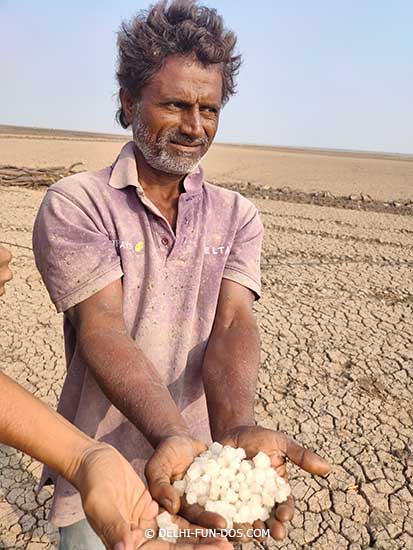
Agariyas – the salt farmers of Rann of Kutch Gujarat
The homes are temporary structures with bamboo and plastic sheets. Many members of the family – men, women, and children shared small spaces. From what we saw, it was clear that their lives are not easy.
Process of Salt Collection
The monsoon floods this part of the Rann of Kutch every year. The water from the Arabian Sea stagnates here for a month. When the water recedes in the month of September or October, it leaves briny groundwater in this area.
By this time, the salt farmers are there to pump the salt water from the ground. The saltwater is stored in the open fields like pans that the farmers have dug and levelled on the earth. The saltwater evaporates here under the hot sun of this region. Once the water has evaporated, the salt pans are raked multiple times to separate the salt from the mud. The resultant salt crystals are then collected by hand and sold to agents who sell to salt factories.
We held the coarse salt grains and they looked like alum. We couldn’t resist tasting and the grains were so salty that the taste was bitter.
Sonu, the friendly salt farmer we came across, laughed at our expression. All the steps are manual labour intensive, out in the open below the scorching sun. In contrast, the nights are bitterly cold.
Some problems of salt harvesting in Kutch
Many moons back, we had watched a documentary on salt harvesting at India Habitat Centre, Delhi. We were very excited to see the salt farming process first-hand. Yet, the experience was bittersweet.
Once the thrill settled, we could see the apparent problems that the salt farmers must be facing.
- Firstly, they live in flimsy makeshift dwellings in harsh winters. It can get very chilly and survival could be an issue.
- Secondly, scorching sun is needed for the salt water to evaporate. So while the farmers welcome a strong sun, working in that kind of heat is very trying.
- Thirdly, most of the process is manual. Starting from salt water collection to building small field-like salt pans, to raking the salt many times to picking the salt grains, it’s all mostly done by hand. Consequently, waterborne diseases and skin diseases are common among salt farmers. We could not spot any medical facility in the vicinity.
- Fourth, while the sun is the best friend while salt farming, rain is the worst enemy. A small shower will sabotage the process and the farmer would lose the salt crop. So, salt harvesters are dependent on the vagaries of nature.
Last but not least, the salt that we tasted there is very different from the salt that we have on our table. There are many intermediaries involved between the salt farmer and the ultimate consumer. So, while we may be paying a decent price for a packet of salt, a very small portion of that reaches the salt farmer. Hence, they are in perennial penury.
How to reach Dhrangadhra?
This area in Rann of Kutch is about 100 km from Ahmedabad which is the nearest airport. You can hire a taxi from Ahmedabad and reach this place. The nearest railway station is Patadi, about 25 km away.
The best season to visit salt harvesting farms
Salt harvesting is a seasonal activity that starts in October and continues till March every year. Winter to spring is therefore your only opportunity to visit this part of Little Rann of Kutch to witness this activity.
Is salt harvesting farms worth visiting?
The salt farm that we visited inside the Wild Ass Sanctuary, was very picturesque. We thought it was a painting in the colours brown, shades of green and icy blue. Various birds chirped around and the strong morning breeze woke us up even more.
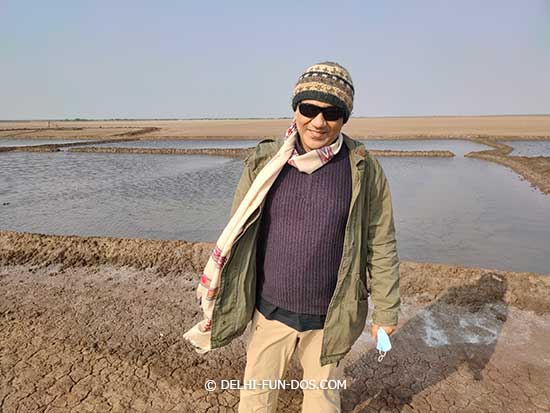
Experiencing Salt harvest Kutch Gujarat
The salt farms were marshy plots amidst the wilderness and the thrill was visual. Seeing the basic process of salt manufacturing made us aware of the various elements of our lives that we take for granted.
Yes, the salt harvesting farms were indeed worth visiting. Our visit to the salt farm was not only a shutterbug’s delight, but it was also a moment of introspection. This was a very different India in front of us.
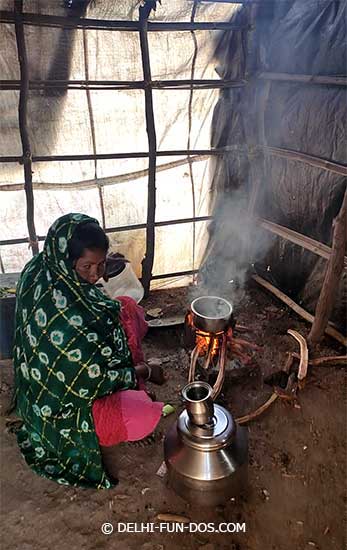
Home of Agariyas – the salt farmers
It was early when we visited. Sonu, the salt farmer’s wife was making tea and they very graciously offered us some too. Thank heavens for that. This was just after our chitchat with him about salt farming and we sampling the strong-tasting unprocessed salt. Because of the tea and their hospitality thereafter, our palette was sweetened, literally and figuratively. After our visit to the salt farm, we look at the salt cellar on our breakfast table with way more gratitude. Thank the salt farmers for the seasoning of our life.
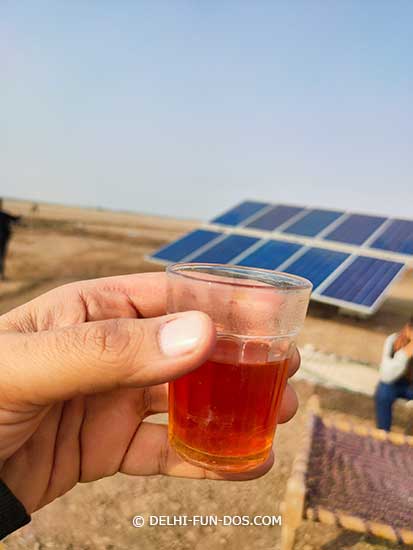
P.S. This post is in collaboration with Gujarat Tourism, The Ministry of Tourism – Government of India, and Incredible India. Our wholehearted thanks for the riveting experiences.
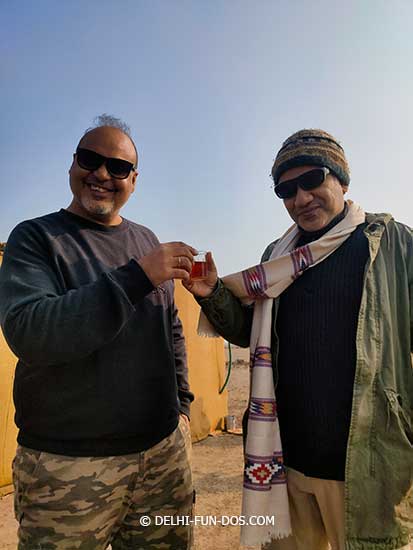

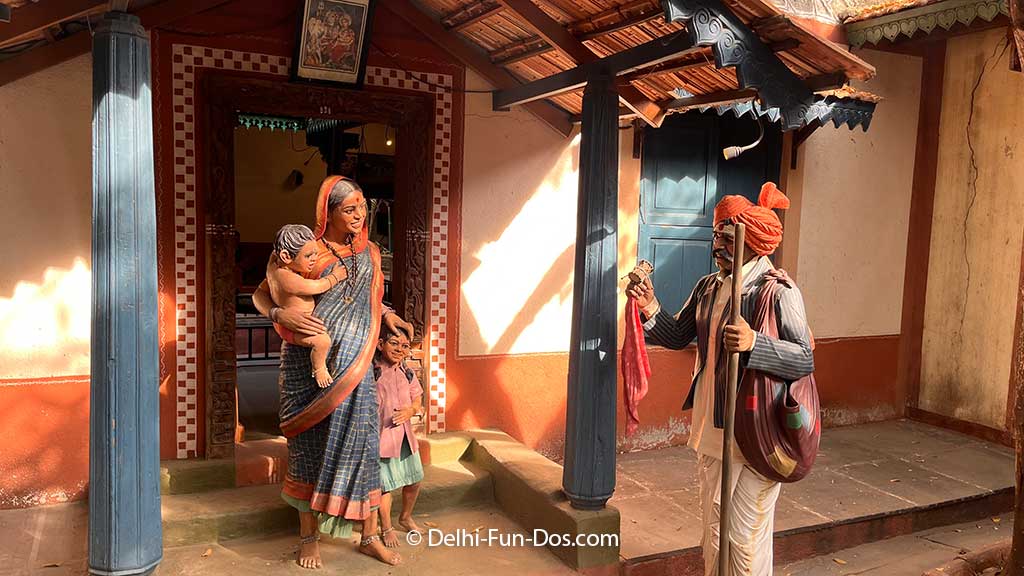
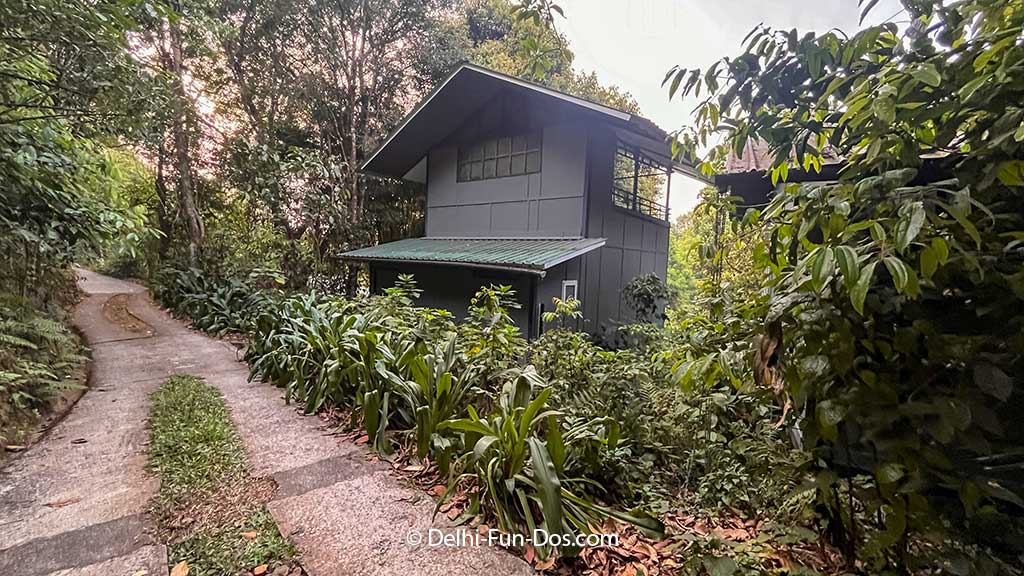
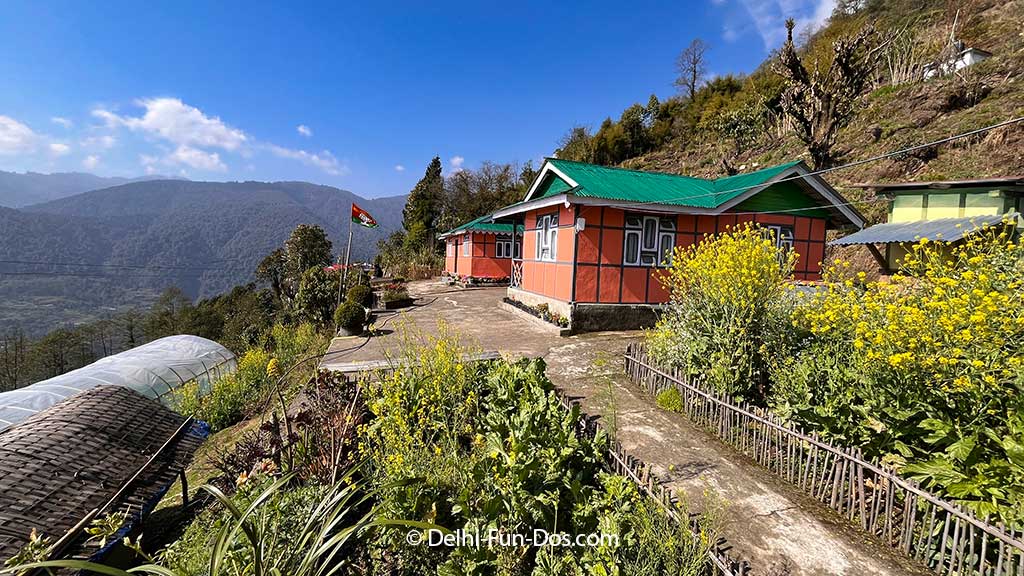
I had been to Dhrangadhra in 2008 January when I was 9th grade, from a school trip. And we explored and learned a lot there about both History and Geography. I really liked your detailed view of this place and it had been better than what we had seen then.
Lucky you!
So silly of me, didn’t even connect salt harvest and Kutch. Of course, this is one of the best places for salt harvesting. Thanks for sharing this, would love to see the process in real.
You must, it is goosebumps!
It is remarkable how we all take for granted, salt. It is something without which our lives would be literally bland! Nice to see you highlighting the salt farmers of Kutch in this post. Reading it took us back to the vast white salt flats of the Rann. Sandy N Vyjay
Salt harvesting in India requires lot more publicity.
Glad that Gujarat tourism gave you this opportunity. Next time, invite me too. Haha.
Experiencing salt harvest must have been an amazing experience. I would like to do it too.
You must. We will surely let you know.
I visited Rann of Kutch but missed this Salt harvest process. Your detailed post reminds me to visit their soon to cherish the process. Thanks for the detailed guide.
It is totally worth!
Hello,
my name is Roberto Gregori, I’m writing from Italy.
I’m really interested in to see and photographing that situation… could you please kindly let me know how the visit is organized? Is there a operator managing the visit? Could you please provide me a name/number/e-mail address to contact for information about it?
Many thanks in advance
Kind regards
Roberto
It is indeed a great photo opportunity. You can call Gujarat Tourism numbers on their website for any permission.